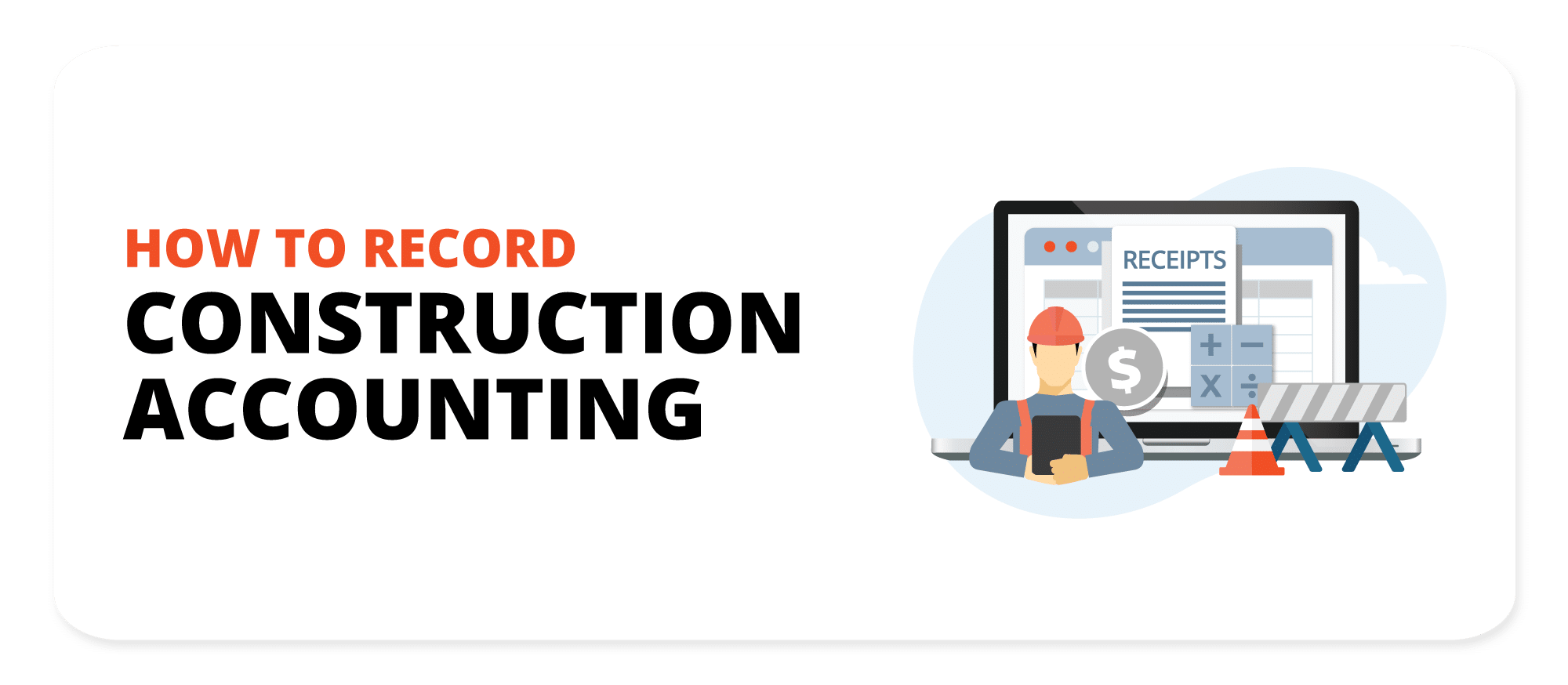Construction Accounting: A Complete Guide to Handling Costs and Budgets
Construction Accounting: A Complete Guide to Handling Costs and Budgets
Blog Article
Grasping Construction Accountancy: Vital Tips for Financial Success in the Market
Grasping building accountancy is a crucial component for economic success within the market, as it incorporates different practices that directly influence project success. Checking out these neglected techniques might expose chances that could change your technique to building accountancy.
Comprehending Construction Bookkeeping Essentials
Understanding the fundamentals of building and construction accounting is vital for efficient job management and financial oversight in the building sector. Construction bookkeeping differs considerably from typical accountancy methods as a result of the one-of-a-kind obstacles positioned by project-based work, consisting of variable expenses, rising and fall timelines, and complicated regulatory requirements.
A vital element of building accounting is work costing, which includes tracking expenses for each and every certain task. This approach allows professionals to precisely examine profitability and make educated financial choices. Furthermore, building and construction bookkeeping incorporates making use of progression payment, where billings are released based upon the portion of work finished, guaranteeing cash flow is maintained throughout the task lifecycle.
An additional crucial element is the administration of adjustment orders, which stand for adjustments to the original contract scope. Appropriate documentation and bookkeeping for these modifications are vital to stop financial conflicts and make sure accurate task budgeting.
Last but not least, understanding the importance of compliance with sector regulations and tax obligation requirements is critical. Exact monetary coverage and adherence to accountancy criteria not just secure versus legal concerns yet additionally boost the integrity of building companies. Understanding these fundamentals establishes the structure for reliable financial administration within the building market.
Effective Task Budgeting Methods
Effective project budgeting strategies are critical for ensuring that building and construction tasks remain monetarily sensible and on track. A well-structured budget serves as a roadmap, leading job supervisors through the complexities of building prices.
Following, utilizing historical data from previous jobs can substantially enhance the precision of spending plan quotes. By assessing previous expenses, groups can identify price patterns and prospective risks. Engaging stakeholders during the budgeting procedure promotes transparency and secures buy-in, which can alleviate conflicts later on.
On top of that, adopting a detailed line-item spending plan permits meticulous monitoring of expenses related to products, labor, and expenses. This granularity makes it possible for job supervisors to determine variances early and adjust techniques accordingly. Furthermore, integrating backup allowances within the spending plan can assist make up unexpected expenditures, guarding the task versus economic pressure.
Last but not least, normal budget plan reviews throughout the job lifecycle make certain that financial goals remain lined up with job goals, helping with prompt interventions when necessary. Implementing these methods can substantially add to the monetary health and wellness and success of construction jobs.
Simplifying Cost Tracking Processes
Accurate price monitoring processes are vital in the building and construction industry, as they regularly establish the monetary success of a project. Effective monitoring try this site allows project supervisors to check expenditures in real-time, ensuring they continue to be within budget and can make enlightened choices quickly. To simplify these processes, it is vital to adopt a systematic method that integrates technology and established protocols.
First, making use of specific building bookkeeping software can automate information access and coverage, lessening human error and increasing performance. construction accounting. Such software application frequently includes functions for tracking labor, materials, and subcontractor prices, providing a thorough sight of project expenses
2nd, standardizing treatments for recording prices across projects boosts consistency and streamlines analysis. Developing a clear chart of accounts customized to the unique requirements of construction tasks can promote precise classification of costs.
Last but not least, routine training for team on the importance of exact cost tracking and the devices utilized while doing so advertises responsibility. By applying these strategies, building companies can substantially boost their cost monitoring processes, causing boosted financial control and job productivity. Ultimately, a well-structured method to set you back monitoring prepares for effective task management and long-lasting monetary sustainability.
Taking Care Of Capital Effectively

On a regular basis keeping an eye on capital declarations is vital. By analyzing cash money inflows and outflows, organizations can recognize trends and possible shortfalls. This method promotes prompt adjustments to investing or payment routines, avoiding money shortages that could jeopardize project timelines.

Lastly, maintaining a financial padding or line of credit report can supply a safeguard throughout lean periods. Using these techniques will lead to an extra steady monetary foundation, making it possible for building and construction companies to navigate the sector's integral unpredictabilities with greater confidence.
Staying Clear Of Typical Accounting Challenges
In the facility landscape of building bookkeeping, staying clear of typical mistakes is essential for keeping monetary integrity and task success. One common issue is inadequate record-keeping. Building and construction jobs often include various purchases, and stopping working to record them appropriately can lead to disparities and financial losses. It is essential to implement a durable system for monitoring costs, labor, and products.
One more mistake is the mismanagement of change orders. Modification orders are an all-natural a knockout post part of building and construction jobs, yet without proper accountancy for these adjustments, companies might struggle to recoup prices. Establishing a clear procedure for recording and authorizing change orders can minimize this threat.
Furthermore, ignoring to integrate accounts frequently can lead to imprecise economic statements and hinder decision-making. Regular reconciliation guarantees that records align with bank statements and project documentation.
Finally, neglecting tax responsibilities can have serious repercussions. It is necessary to remain educated about tax obligation laws details to the construction market, including sales tax on materials and labor.
Conclusion
Mastering building and construction accountancy is essential for attaining financial success within the sector. Prioritizing compliance and resolving typical audit mistakes strengthens reliability and sustains long-lasting productivity, ultimately promoting a lasting affordable advantage in the construction industry.
Report this page